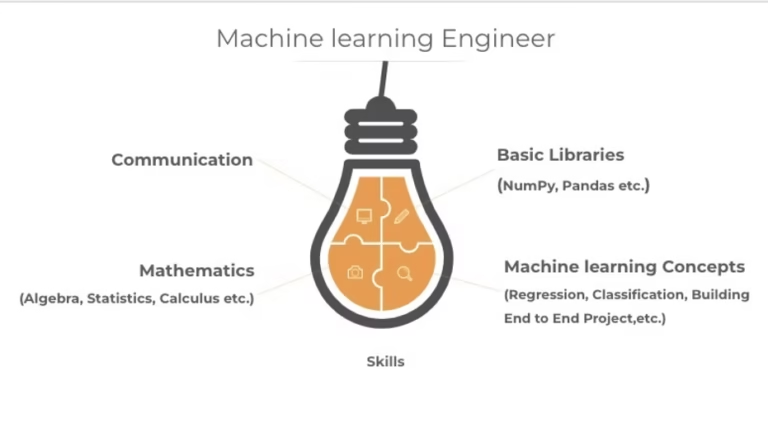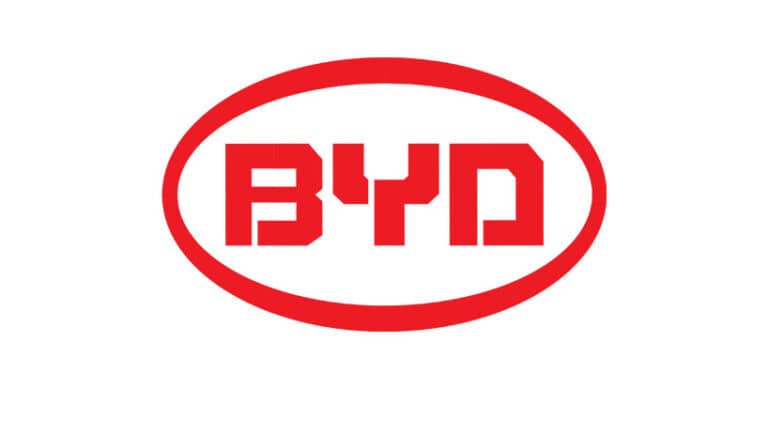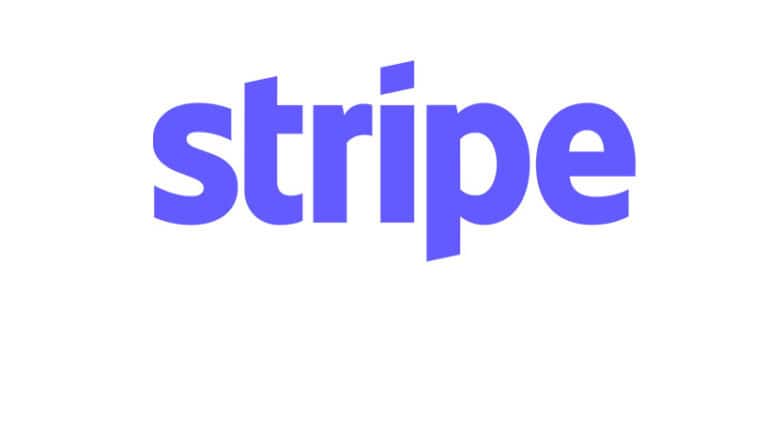When it comes to preparing for a machine learning (ML) engineering interview at OpenAI, understanding their unique hiring philosophy and detailed interview process is key. OpenAI is known for its commitment to building safe artificial intelligence (AI) that benefits all of humanity. This mission shapes every aspect of their recruitment process.In this blog, we'll break down what to expect during the OpenAI machine learning interview process for ML engineers, drawing insights from their official guidelines and feedback from recent interviewees.
OpenAI’s Hiring Philosophy
Mission-Driven Recruitment
OpenAI’s hiring mission is straightforward: They aim to bring on board talented individuals with diverse perspectives who are passionate about collaboratively developing safe AGI (Artificial General Intelligence) for everyone. This goal is reflected in their focus on potential and expertise over formal credentials. OpenAI values candidates who can ramp up quickly in new domains and produce impactful results.
Hiring Values
The hiring process at OpenAI is designed to be consistent and fair, giving every candidate an equal opportunity to showcase their strengths. Unlike many other tech companies, OpenAI isn’t strictly credential-driven. They are more interested in what you can bring to the team based on your unique background and experiences. They look for candidates who are strong collaborators, effective communicators, open to feedback, and aligned with OpenAI’s mission and values.
What OpenAI Looks For
Whether you're already an expert in machine learning or someone with high potential in the field, OpenAI is interested in your ability to contribute to their mission. They value collaboration, communication, and a strong alignment with their goals. If you're someone who can quickly learn new things and deliver results, OpenAI might be the right place for you.
The Interview Process at OpenAI
Application and Resume Review
Your journey with OpenAI begins with submitting an application and resume. The recruiting team typically takes about a week to review your materials and respond. If your application stands out, you'll move on to the next phase.
Introductory Calls
If there's a potential match, you'll be scheduled for an introductory call with a hiring manager or recruiter. During this conversation, be prepared to discuss your work and academic experiences, motivations, and career goals. This call is an opportunity to learn more about OpenAI and to start aligning your background with the specific role you're applying for.
Skills-Based Assessments
Within a week after the initial call, you'll find out if you've progressed to the skills-based assessment stage. This stage varies depending on the team but generally includes pair programming interviews, take-home projects, or assessments via platforms like HackerRank or CoderPad. OpenAI may require multiple assessments based on the role. The recruiting team will guide you through the preparation, ensuring you have the best chance to succeed.
Final Interviews
For those who make it through the assessments, the final interview round typically consists of 4–6 hours of interviews conducted over 1–2 days. These interviews are primarily virtual, though onsite interviews at their San Francisco office are possible if preferred.
During the final interviews, expect to dive deep into your area of expertise. The interviewers will challenge you with complex problems to see how you handle working outside your comfort zone. For engineering roles, the focus will be on providing well-designed solutions, high-quality code, and optimal performance. Communication and collaboration skills are also key, so be ready to explain your problem-solving process in detail.
Decision
After the final interviews, you can expect a decision within a week. Your recruiter may also request references during this stage. The entire interview process at OpenAI can take between 6-8 weeks, but timelines can be expedited if necessary, particularly if you have competing offers.
Insights on Interview Stages for ML Engineers
Step 1: Recruiter Call
The initial recruiter call is a 30-minute conversation covering your experience, interest in OpenAI, and what you're looking for in your next role. It's crucial at this stage to keep salary expectations and discussions about other opportunities private, as this information can be leveraged during negotiations later.
Step 2: Technical Phone Screen
The first technical phone screen lasts about an hour and is conducted on CoderPad. This interview focuses on algorithms and data structures, with a practical slant. Unlike typical LeetCode problems, the questions are designed to reflect real-world tasks you might encounter in your day-to-day work at OpenAI.
Step 3: Second Technical Screen or Assessment
The second technical stage is more domain-specific and varies depending on the role. This could involve another technical screen, an asynchronous coding exercise, or a take-home project. Senior engineers might face system design interviews, where they'll need to demonstrate their ability to architect complex systems effectively.
Step 4: Onsite Interviews
The onsite interview, which may still be conducted virtually, is the most intensive stage. It typically includes a mix of behavioral and technical interviews, a presentation of your work, and a system design challenge. The behavioral interviews will focus on your experience working in teams and dealing with complex, often ambiguous situations.
Types of Questions to Expect
Coding Interviews
OpenAI's coding interviews are practical and focus on writing code that is both efficient and adaptable. You may encounter questions related to time-based data structures, versioned data stores, or advanced object-oriented programming concepts. These interviews are designed to test your ability to write high-quality code that solves real-world problems.
System Design Interviews
In system design interviews, you'll be asked to design large-scale systems like Twitter or a notifications system. These interviews probe the depth of your knowledge, so it's essential to avoid name-dropping technologies unless you're prepared to discuss them in detail.
Presentation and Behavioral Interviews
For the presentation, you'll need to discuss a project you’ve worked on, highlighting both the technical details and the broader business impact. The behavioral interviews will assess how you've worked in teams, handled conflicts, and made critical decisions in the past.
Interviewing at OpenAI is a rigorous process that tests both your technical skills and your alignment with their mission to build safe AI. The key to success lies in thorough preparation, understanding OpenAI's unique hiring philosophy, and being ready to demonstrate your ability to contribute to their goals. With the right mindset and preparation, you can navigate this challenging process and potentially land a role at one of the most cutting-edge companies in AI today.
List of questions
Describe your experience with reinforcement learning.I've developed and trained agents using reinforcement learning for game AI and robotics, utilizing TensorFlow, PyTorch, and OpenAI's Gym. One standout project involved training an agent to play Atari games using Deep Q-Learning, where the agent’s unexpected strategies highlighted its learning progression.
How do you measure the success of an AI project?Success is gauged by how well the AI meets objectives and impacts business outcomes. Key metrics include accuracy, precision, and recall, but also real-world impacts like reducing response times or increasing user satisfaction. ROI is also a critical factor.
What role do statistical methods play in your AI projects?Statistical methods are essential for data analysis, model validation, and ensuring reliable results. They help manage data preprocessing, feature selection, and evaluating model performance through hypothesis testing and confidence intervals.
Explain the concept of a decision tree and its benefits and drawbacks.A decision tree is a flowchart-like model used for classification and regression. It’s easy to interpret and handles both numerical and categorical data with minimal preprocessing. However, decision trees can overfit and be unstable without proper pruning.
How do you stay updated with the latest advancements in AI and machine learning?I follow leading researchers on social media, read arXiv papers, attend conferences like NeurIPS, and engage in online forums. Podcasts and newsletters also keep me informed.
What's the best way to prepare for an OpenAI interview?Seek mentorship from industry experts, practice common interview questions, and stay updated on AI ethics and OpenAI’s latest work through their blog.
What optimization techniques do you commonly use in training machine learning models?I use learning rate scheduling, L2 regularization, dropout, and algorithms like Adam or RMSprop. Hyperparameter tuning via grid or random search is also employed to enhance model performance.
What are the potential risks of deploying AI systems, and how can they be mitigated?Risks include bias, lack of transparency, privacy issues, and job displacement. Mitigation involves using diverse datasets, explainable AI, strong privacy measures, and planning workforce transitions through reskilling.
How would you handle a situation where your AI model produces biased results?I’d start by analyzing the bias, then retrain the model with more diverse data, implement fairness constraints, and continuously monitor and adjust to ensure fairness and accuracy.
Explain the concept of overfitting and how to prevent it.Overfitting occurs when a model performs well on training data but poorly on new data. It can be prevented by using cross-validation, regularization, and simplifying the model through pruning or dropout techniques.
What strategies do you use for feature selection in large datasets?I begin by understanding the data domain and use correlation matrices to eliminate redundant features. Techniques like Recursive Feature Elimination (RFE) and Lasso, along with PCA, help in selecting the most relevant features.
How do you evaluate the performance of a machine learning model?Performance is evaluated using metrics like accuracy, precision, recall, and F1-score for classification tasks, and MAE or MSE for regression. Cross-validation and confusion matrices help ensure the model generalizes well.
How would you explain the concept of artificial intelligence to someone without a technical background?AI is like a smart assistant that learns from experience, recognizing patterns, making decisions, and predicting needs based on past behavior, similar to how a human might.
Describe a project where you implemented machine learning algorithms.I developed a churn prediction model for an e-commerce company using logistic regression and random forest algorithms. This project reduced customer churn by identifying at-risk customers and enabling targeted marketing strategies.
Explain the differences between supervised, unsupervised, and reinforcement learning.Supervised learning uses labeled data to predict outputs, unsupervised learning identifies patterns in unlabeled data, and reinforcement learning trains an agent to make decisions through rewards and penalties.
What ethical considerations do you think are important in AI development?Ensuring fairness, transparency, and accountability are critical. AI systems should avoid bias, be transparent in decision-making, and developers should be accountable for their impact on society.
How do you handle incomplete or missing data in your datasets?I assess the significance of missing data, using imputation methods for minor gaps or predictive modeling for more complex cases. Dropping incomplete data might be best if it doesn't significantly impact the analysis.
How do you approach debugging a complex neural network?I start by checking data preprocessing, then inspect the neural network architecture, and monitor training metrics. Tools like TensorBoard help visualize gradients and activations to identify issues.
Can you describe a time when you had to balance trade-offs between model performance and computational efficiency?In a real-time traffic prediction project, I simplified a complex model to improve processing speed, trading off a small amount of accuracy for significant gains in efficiency, resulting in timely updates for users.
How do you ensure diversity in training datasets for AI models?I source data from diverse populations, seek underrepresented groups, and audit datasets for biases. Techniques like data augmentation help ensure a balanced dataset, leading to more robust AI models.
Describe a situation where you had to communicate technical details to a non-technical team.I used analogies and visual aids to explain a software integration process to a marketing team, making technical information accessible and emphasizing the benefits to their workflow.
What is your experience with natural language processing (NLP)? Can you give an example of a project involving NLP?I've worked on NLP for several years, including developing a chatbot for a financial services company that reduced customer service workload by understanding and responding to queries using various NLP techniques.
How do you approach the deployment of machine learning models in a production environment?I validate and containerize the model, create API endpoints, and set up CI/CD pipelines for seamless deployment. Continuous monitoring ensures the model performs well in production.
What are recurrent neural networks (RNNs), and when would you use them?RNNs are neural networks designed for sequential data, maintaining memory of previous inputs. They’re used in tasks like language modeling, speech recognition, and time series forecasting.
What is transfer learning, and how have you applied it in your projects?Transfer learning involves fine-tuning a pre-trained model for a specific task. I used it to classify medical images, adapting a CNN trained on ImageNet to quickly achieve high accuracy on a smaller medical dataset.
Can you discuss a time when you integrated AI solutions with existing systems or products?I integrated an NLP solution into a customer service platform by developing AI components as microservices, which improved ticket classification and response times while maintaining system flexibility.
What are GANs (Generative Adversarial Networks), and can you describe a use case for them?GANs involve two neural networks—the generator and discriminator—competing to create realistic data. They are used in image generation, such as creating hyper-realistic images for fashion or gaming.
Describe your experience with cloud-based AI services.I’ve worked with AWS SageMaker, Google Cloud AI, and Azure Machine Learning, building and deploying models, managing ML Ops, and leveraging AutoML for quick model training.
What is your experience with version control systems like Git in AI development?I use Git for code management and collaboration, employing branching and merging strategies to keep the main branch stable. I integrate Git with CI/CD platforms for continuous testing and deployment.
How do you ensure the scalability of AI solutions?I use modular architecture, efficient data management, and cloud services to scale AI solutions. Optimizing algorithms, distributed computing, and regular performance monitoring are key to maintaining scalability.
What is your approach to testing and validating AI models?I split datasets for training and testing, use cross-validation, and assess performance with metrics like accuracy and F1-score. Real-world validation through A/B testing ensures practical effectiveness.
Describe a time when you had to optimize an existing AI solution for better performance.I optimized an image recognition system by pruning and quantizing a deep learning model, reducing processing time and improving user experience without significantly sacrificing accuracy.
Can you explain the concept of a convolutional neural network (CNN) and its applications?CNNs are deep learning models designed to analyze visual data by automatically learning features through convolutional layers. They are widely used in image and video recognition, medical image analysis, and object detection in autonomous driving.
How do you approach ethical dilemmas in AI, such as privacy concerns or fairness?I emphasize transparency, inclusivity, and accountability. I follow data governance policies for privacy and implement continuous monitoring to ensure fairness across all demographics.
How do you approach learning new AI frameworks or tools?I start with official documentation and tutorials, then apply the knowledge through hands-on projects. Engaging with communities and forums helps troubleshoot and deepen understanding.
How do you incorporate user feedback into improving AI models?I analyze user feedback to identify common issues, make iterative updates to the model, and A/B test changes to ensure improvements. Continuous feedback loops keep the model aligned with user needs.
What are the main differences between traditional software engineering and AI model development?Traditional software engineering involves deterministic processes with predefined logic, while AI model development focuses on training models to generalize from data, relying on data quality and model architecture.
Describe your experience with Python and any other programming languages relevant to AI development.I have extensive experience with Python, using its libraries like TensorFlow and PyTorch for AI development. I’ve also worked with R for statistical analysis, MATLAB for numerical computing, and JavaScript for web-based AI applications.
What are some common pitfalls in machine learning, and how do you avoid them?Common pitfalls include overfitting, data leakage, and biased models. I avoid them by using cross-validation, proper data splitting, and ensuring a diverse and representative dataset.
How do you approach multi-threading and parallel processing in AI workloads?I use multi-threading for tasks like data preprocessing and parallel processing on GPUs for model training, ensuring efficient use of hardware resources to accelerate computation.






